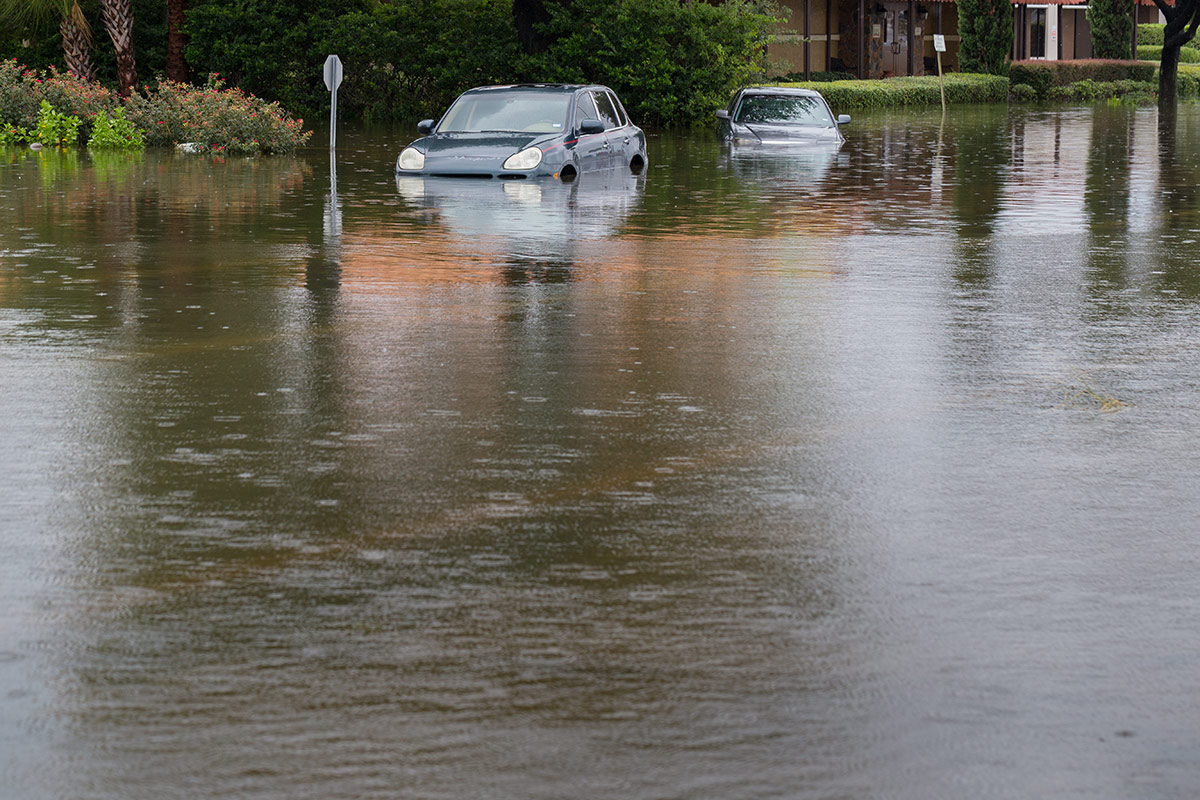
Results at a glance
- Minimal impact to clients
- Clients trust to take care of their people
The challenge
Carol was waist-deep in water, frantically looking for a high and secure place to store her laptop. The driving rain, gusty winds and flooded streets wrought by the hurricane, did not make it safe to bring anything but the clothes on her back, a converted garbage bag as raincoat, and overnight clothes. She settled on a high shelf and quickly evacuated her home. Carol, a senior international travel consultant for CWT, would spend four months living and working from a travel trailer next to her home, while it was undergoing the slow process of reconstruction.
The hurricane was a category 4. For CWT’s Energy Resources & Marine (ERM) team in Houston, it is, in Carol’s words, “business as usual” even though life was turned “upside down”.

The solution
During the hurricane, 95% of CWT’s agent workforce were up and running, working round the clock on more than 121,000 cancelled and delayed flights, and putting in an additional 4,000 hours across the network—before, during and after the storm. As soon as a hurricane is forecast to make landfall in Houston, a volunteer emergency response team (A Team) is assembled, ready to be deployed at a moment’s notice further to San Antonio or Dallas, with families in tow. It has a backup team (B Team) similarly ready to be activated, ensuring that there are groups of people who are 100% fully functioning. They are supported by an H Team, or home team, whose agents are based out of state, and ERM 24 that’s staffed 24 hours between two continents.
“Proactive planning makes a difference,” said the Operations Manager, CWT ERM, who helped assemble the teams.
CWT issues an alert, runs reports of who is in Houston, and works to get a large proportion of travelers out before the storm hits, including on offshore rigs where entire crews need to be evacuated. CWT also sends updates to travel managers about the status of airports, so they, in turn, can communicate with their staff.
The result
The result is minimal impact to clients.
“Clients trust us to take care of their people,” the Operations Manager said. “They were taking our direction, and it worked out pretty well.”
Category 4 storm, notwithstanding.